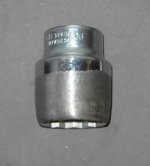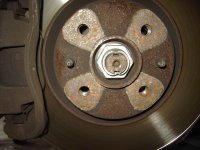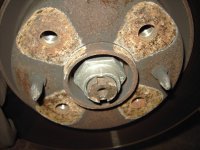Does anyone knoe how many torques I need to put on the front wheel hub nuts?
I've lately swapped the n/s front wheel bearing and did the nut up using the Ralf S. automated torquing tool (i.e. just guessed it)... but I've got mu hands on a torque wrench so I may as well check it.
It's something like a number "plus 60 degrees".
Ta.
Ralf S.
I've lately swapped the n/s front wheel bearing and did the nut up using the Ralf S. automated torquing tool (i.e. just guessed it)... but I've got mu hands on a torque wrench so I may as well check it.
It's something like a number "plus 60 degrees".
Ta.
Ralf S.





